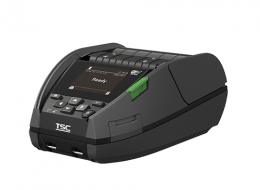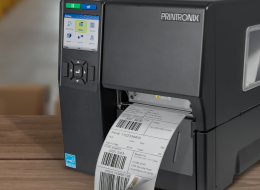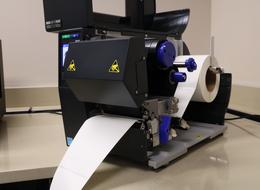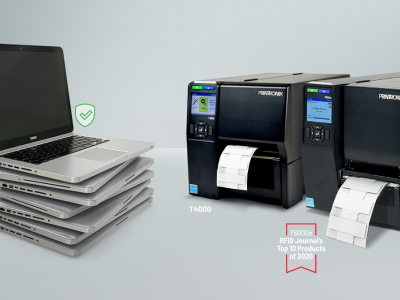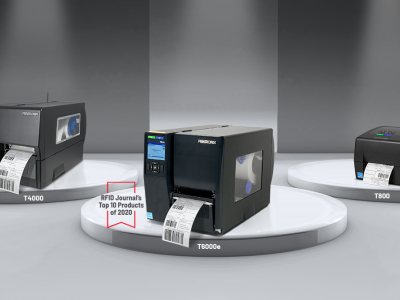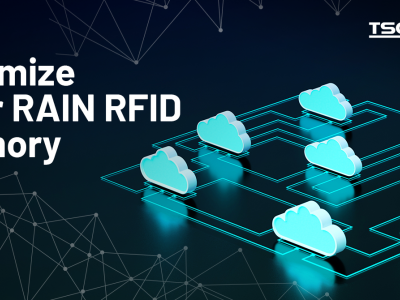What are “RAIN Flooding” and “Acid RAIN” in RFID? Are You Prepared for the Storm?
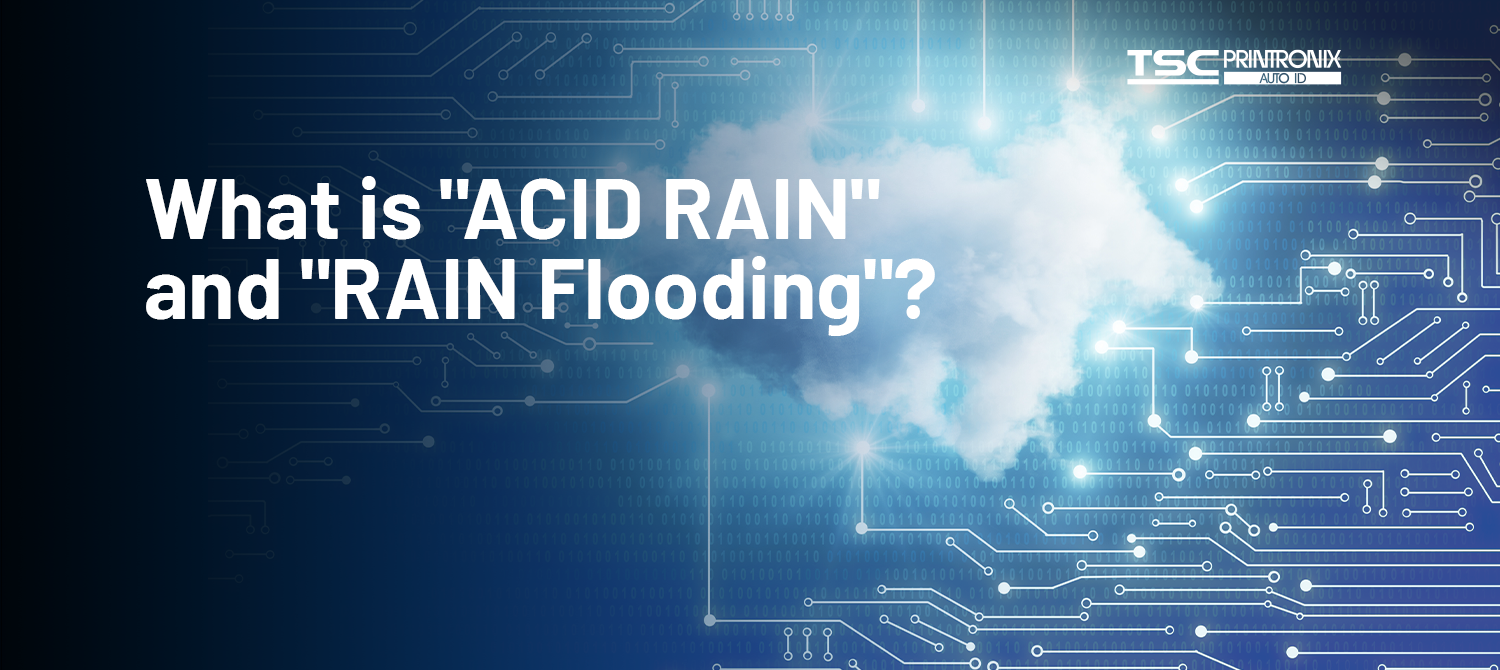
“RAIN flooding” and “acid RAIN” are two terms that are starting to circulate more and more in the world of RFID. But what do these two terms mean, and how can they impact your business?
An Overflow of RFID Tags and RAIN Flooding
RAIN flooding refers to an excessive amount of RFID tags being present in a read-zone resulting in some tags not being read. Most users think that the RFID tag reading process is as simple as the various tags getting scanned and read in the read-zone, then presenting the encoded data to a software layer, resulting in a clear inventory of all RFID tags that are meant to be tracked. However, reading each tag takes time, and the more tags a printer has to read, the slower the process becomes, and the chances of missing a tag increase. Additionally, the more complex the encoded data leads to longer read times, which can also lead to missed tags. If you find a bottleneck in your operation due to a large amount of RFID tags that need to be read in a day, consequently resulting in missed tags, then you are experiencing RAIN flooding.
In today’s world, RAIN flooding is a relatively rare occurrence. However, with industry standards shifting in the future, RAIN flooding is an imminent threat to smooth business operations. As retail and manufacturing industries grow closer to the goal of every object having a RFID tag, the idea of RAIN flooding becomes an even bigger issue that needs to be faced now before businesses drown in a flood of RFID tags and data.
In retail settings, this is an especially pressing challenge. One of the key benefits of RFID is the ability to have access to quick and accurate inventory at the push of a button. However, once the user starts putting RFID tags on all of their retail goods or merchandising assets the ability to quickly pull inventory of one specific category of item becomes more of a challenge. There are so many RFID tags in your read-zone now, and they slow down or even disrupt the reading of your RFID tagged items.
Prevent Bad Tag Encodings and a Downpour of Acid RAIN
The term acid RAIN refers to when tags intended for use in one application are read by another system or application. These irrelevant tags can cause chaos and confusion in the reading application.
As an example, RFID customers often utilize software applications to take inventory and track the tags on all of their products. The tags are encoded with a particular sequence to allow unique identification of each item. In a company with multiple departments, this can lead to challenges. Perhaps your IT department uses a similar encoding scheme for a facility’s IT assets. Suddenly your reader can have difficulty distinguishing between a product and an IT asset. When attempting to take inventory of your merchandise, mysterious objects from other departments may appear in the inventory records, and these mysterious objects may cause problems. These poorly programmed tags result in Acid RAIN.
Solution Partners to Grow Your Business into the Next Generation
Now that you have a quick understanding of RAIN flooding and acid RAIN, what should you do to avoid these problems both today and in the future? Keep in mind that even if these problems are not apparent in your operation today, with the increasing industry demands for RAIN tags and solutions, they will be problems in the future unless you take preventative measures now. We recommend reading the following introductory documents on these topics found on the RAIN Alliance resources webpage: RAIN Item Numbering and Tag Data and RAIN Item Numbering and Tag Interference.
These resources will give you a better sense of the issues to be cautious of. Selecting a knowledgeable solution provider who understands these issues and can help design your systems to ensure that you avoid them is the next step to optimizing your operation for the future technologies of the RFID industry.
To learn more about RFID solutions offered by TSC Printronix Auto ID, contact your local sales representative or click here.

